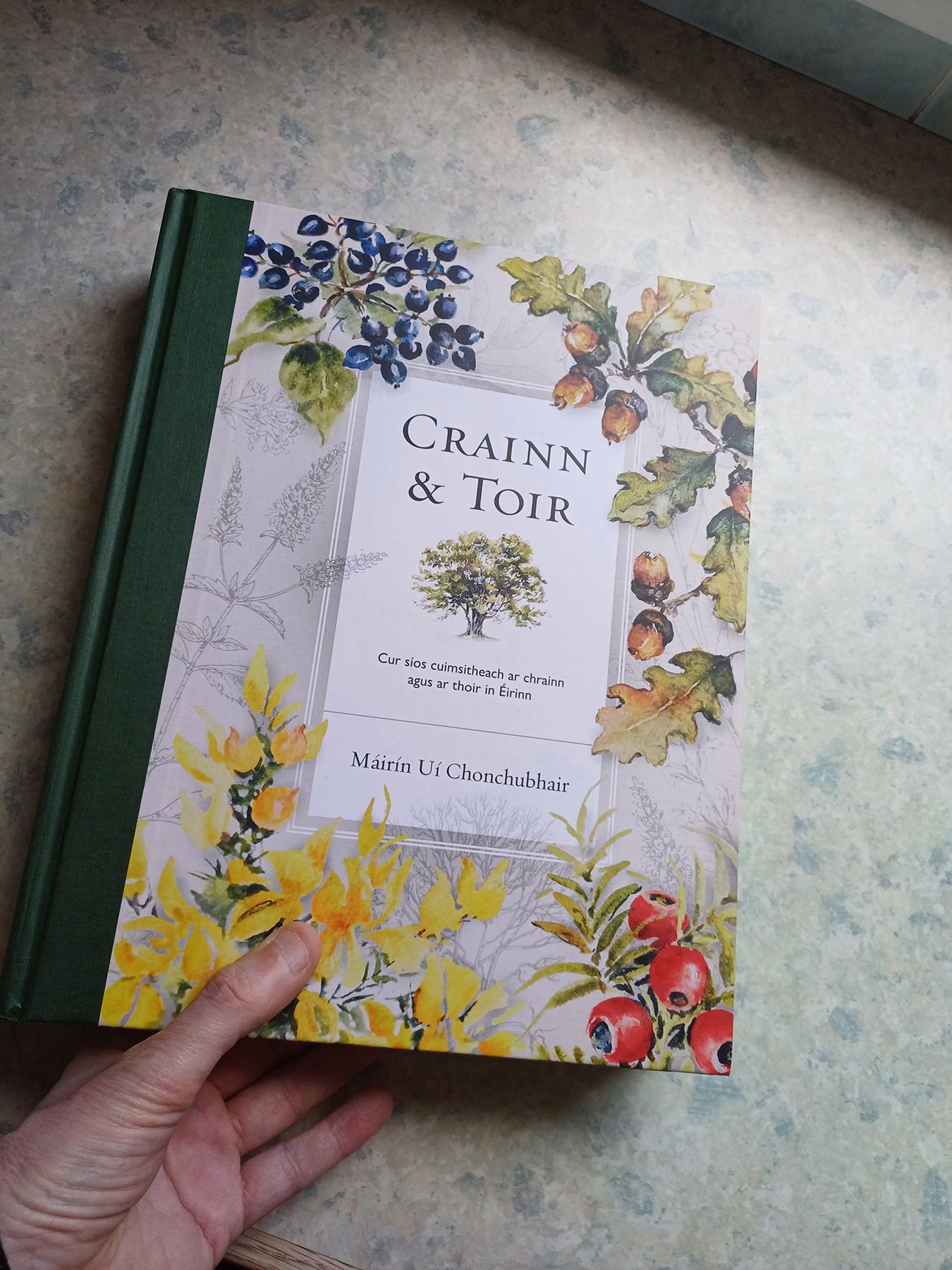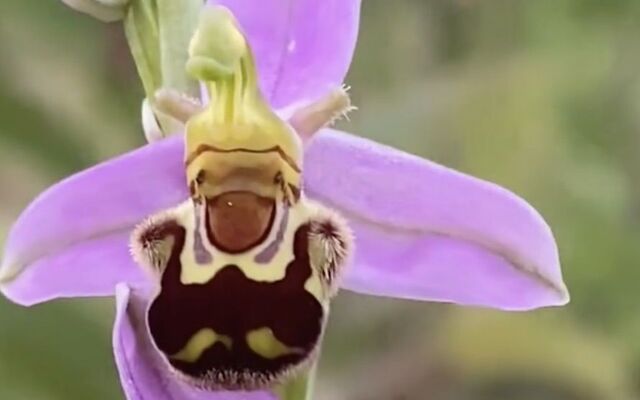IT’S the most impressive book Dúlra has ever set eyes on.
It’s such a treasure that he’s not going to put it on the bookshelf – it wouldn't fit on it anyway – but instead just leave it in the living room where people can see it, pick it up or flick through it whenever they want. And even if they don’t, it’ll be like an ornament – and a pretty impressive one at that.
Inside its covers is a lifetime of work by a single woman: Máirín Uí Choncubhair. Máirín was brought up in the Kerry Gaeltacht before moving to Dublin to teach and this whole epic tale of Ireland’s Crainn & Toir – Trees & Shrubs – is in Irish. It’s an unbelievably rich account of the country’s plants in our native language.
The editors allowed Máirín to retain much of her local dialect from Corca Dhuibhne – the Dingle Peninsula – rather than insist on standardised Irish, and the richness of the lore is truly unique. This is a woman who is steeped in her previous rural locality – it’s said there isn’t a house in Corca Dhuibhne that doesn’t have a copy of her previous book published 30 years ago: Flóra Chorca Dhuibhne.
Crainn & Toir is much more than a book about our trees and shrubs. It's an epic exploration of this island’s natural history, with maps, graphics and diagrams worthy of such a journey. She looks at Ireland in the context of the world, examining how each tree got here and our contribution to balancing ecosystems through the ages. 250 pages are devoted to the role and importance of trees as well as fungi and insects associated with them – before Máirín delves into more than 400 individual species. This is a woman who travelled the length and breadth of the country, in the process taking more than 2,000 photographs which are used in the incredible 500 pages that are given to the trees themselves.
There might be plenty of other books about Irish trees, but none with this depth of historical and folklore information. Máirín travels through the centuries to find connections with trees from our old tales, like the story Buile Shuibhne about a man near Moira in County Antrim who was cursed to spend his life among the treetops.
Another 1,000-year-old document records three giant yews – perhaps our most revered tree – in Sligo, Leitrim and Donegal. Thankfully, after the destruction of almost all our trees, a single Irish yew was found growing in Fermanagh or the Irish yew would have been extinct. Another poem tells of the destruction of a famous tree in a storm in 1099 when kings were enthroned in Glenavy – simply amazing!
The importance of trees in Ireland even goes back millennia to the old Ogham alphabet, that series of straight lines that can be seen on many standing stones and are read from bottom to top. Each of its 20 letters represents an Irish tree. And as Máirín points out, Oileán na gCoillte – the Island of the Trees – was Ireland’s original name. The colonisation of the country led to massive changes, which are still in evidence today. Now many of our trees are in the grounds of the landlords’ ‘big houses’ which are still dotted around the country, many of them now open to the public. But as Máirín points out, local people were punished if they cut a branch from any of these trees, so they had to search the bogs and moors for branches to use for the fire or to build their homes.
Those big houses include Mount Stewart in County Down – given its Irish name in this book, Teampall Chróine – again something new for Dúlra. The beautiful Glenveagh in Donegal is another, and rather than heap praise on the estate, Máirín goes into detail about the eviction of 244 people on a freezing day in April 1861 by the landlord. 150 of them had to go to Australia, many others to the poorhouse, as he cleared 12,000 acres for deer. Each tree has its own folklore account in the book – the one about the hawthorn was new to Dúlra. It was said that you should never take a hawthorn branch indoors because its scent will put everyone in the house into a sleep so deep that they won’t wake up. Might not sound too likely, but Dúlra isn’t going to put it to the test!
Máirín emphasises how we need to be careful importing trees and plants – we should know that more than most as a country which suffered calamity because of the spread of the potato blight. All that Brexit debate about difficulties importing trees misses the important point: We should be planting native trees. This is a book that not only Máirín can be proud of, but every Irish person for generations to come.
• If you’ve seen or photographed anything interesting, or have any nature questions, you can text Dúlra on 07801 414804.






